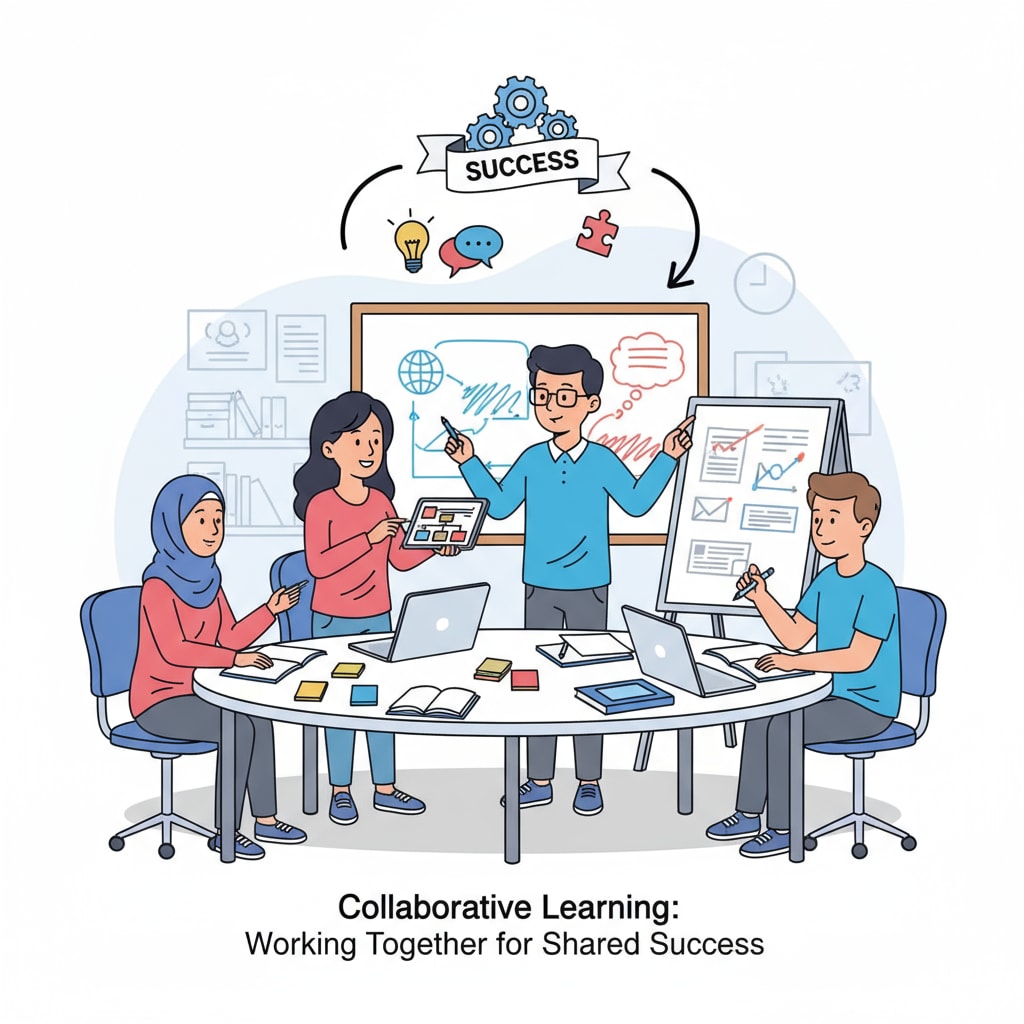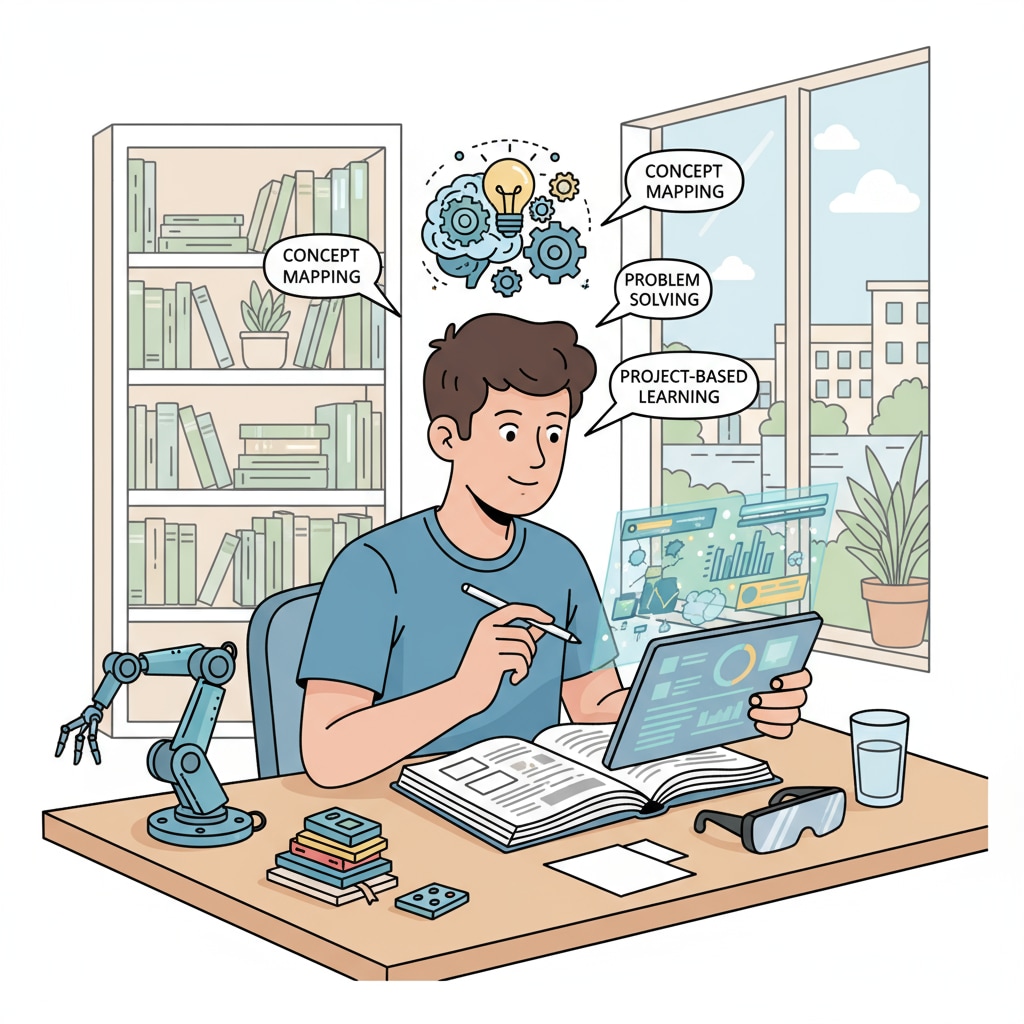In the realm of K12 education, the age-old concept of traditional homework is facing increasing scrutiny. Homework Alternatives, Student Burnout, and Project-Based Learning have become buzzwords as educators and parents seek better ways to engage students. The traditional model of assigning repetitive tasks as homework often leads to student burnout, reducing the effectiveness of the learning process. For example, a recent study on Edutopia highlighted how excessive homework can cause stress and disinterest in learning.

Project-Based Learning: A Catalyst for Engagement
Project-Based Learning is one of the most promising alternatives to traditional homework. Instead of individual, rote tasks, students work on projects that require them to apply knowledge across multiple subjects. This hands-on approach not only makes learning more enjoyable but also enhances critical thinking and problem-solving skills. For instance, students might be tasked with creating a sustainable community project. They would need to research environmental science, urban planning, and even economics. According to Britannica, project-based learning encourages students to take ownership of their learning, leading to deeper understanding and long-term retention of knowledge.

Self-Directed Learning Modules
Self-Directed Learning Modules offer students the freedom to explore topics at their own pace. Educators can provide a set of resources and learning objectives, and students can decide how to approach the material. This method reduces the pressure associated with traditional homework and allows students to pursue their interests. For example, in a language arts class, students could choose from a variety of literature pieces to analyze. They can create their own study plans, which may include writing essays, creating presentations, or even making short videos. This way, students are more motivated to learn as they have control over their learning process.
Another alternative is Collaborative Learning Groups. In this model, students work together on assignments outside of the classroom. This not only promotes teamwork but also exposes students to different perspectives. For example, in a science class, students can form groups to conduct experiments and write reports together. This shared experience helps in building communication skills and a sense of community among students.
Readability guidance: As we’ve seen, these alternatives like project-based learning, self-directed learning modules, and collaborative learning groups are all steps towards a more engaging and effective home learning environment. By reducing student burnout and increasing motivation, they have the potential to transform K12 education.


